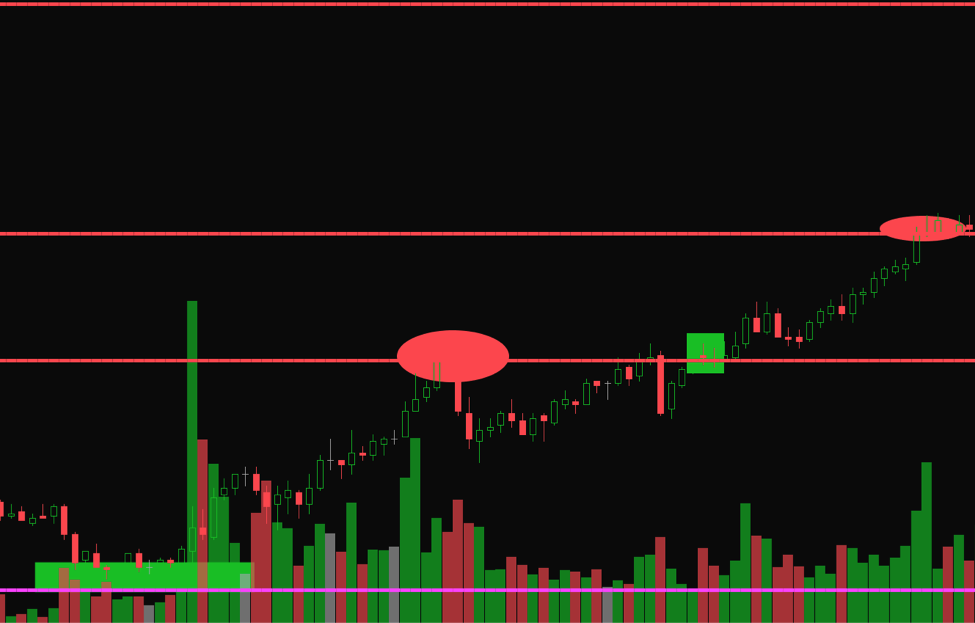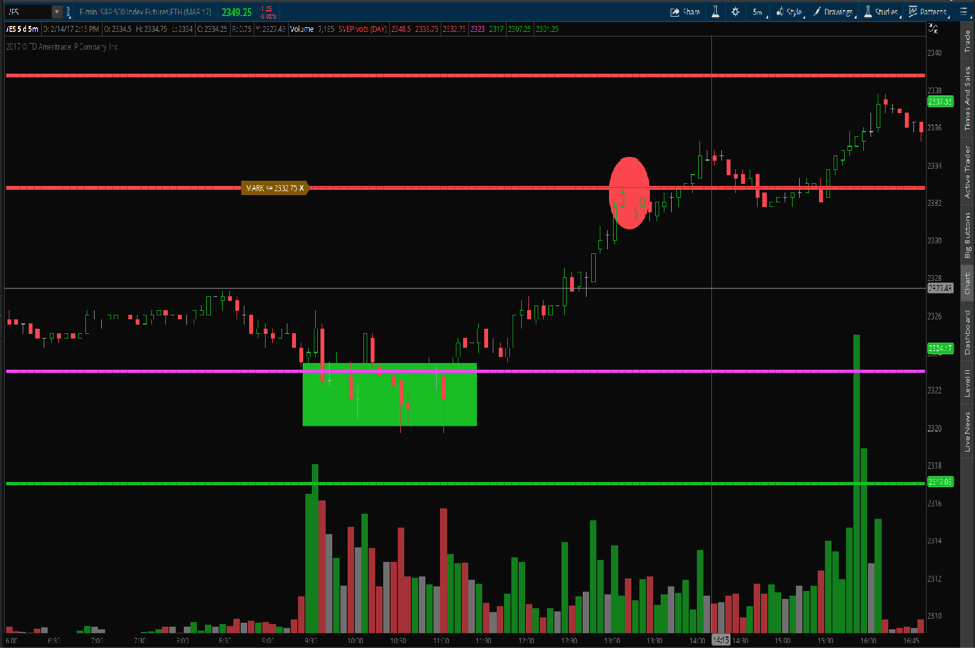Wall Street uses algorithms to trade the financial markets. The biggest advantage over the retail investor is that these machines have no emotions.
Pinpointing the buy and sell levels is one of the keys to success in profitable trading. To most retail investors/traders it seems like a complex formula to mimic these Wall Street Firms…
But really… it’s not. I use Fibonacci levels programmed from the previous trading day’s buy/sell triggers to replicate Wall Street’s profitable trading.
Before venturing off into the hedge fund industry I took a role at Citigroup Global Markets. The Managing Director of Trading was newly acquired from J.P. Morgan and we spoke many times about retail trading to institutional trading. I looked at software he developed and the main strategy was Fibonacci levels for trading!
After researching and trying various programmed/automated strategies, I developed these levels into my charts to use in trading the Nasdaq 100 Futures. I combine these Fibonacci Levels with trend following strategies to place discretionary trades.

TD Ameritrade ThinkorSwim Platform
From the image above we can see the lines programmed on the chart to use for entries/exits. The green rectangle/pink line programmed highlights a buy level in the market with red ovals/ red line programmed highlighting sells/targets.
Also, from the image below we see the buy entry level green rectangle/pink line programmed with red ovals/ red line programmed highlighting sells/targets.
We can see from the images accumulation at buy levels and supply at sell levels for profit taking. Volume also plays a role as trading should be executed on volume expansion and moving on the sidelines as volume contracts.

TD Ameritrade ThinkorSwim Platform
Goal: Trade profitable markets with programmed levels on the side of the Wall Street Powerhouses. Discretion is used to balance out volume, supply and demand, trend direction, and volatility. All trades are monitored in real time and are manually executed for entries and exits.
This a preview of how intraday trading potentially becomes successful by eliminating emotions and removing the “guess work” of trades.
For more trading tips from Lance Ippolito, click here.










